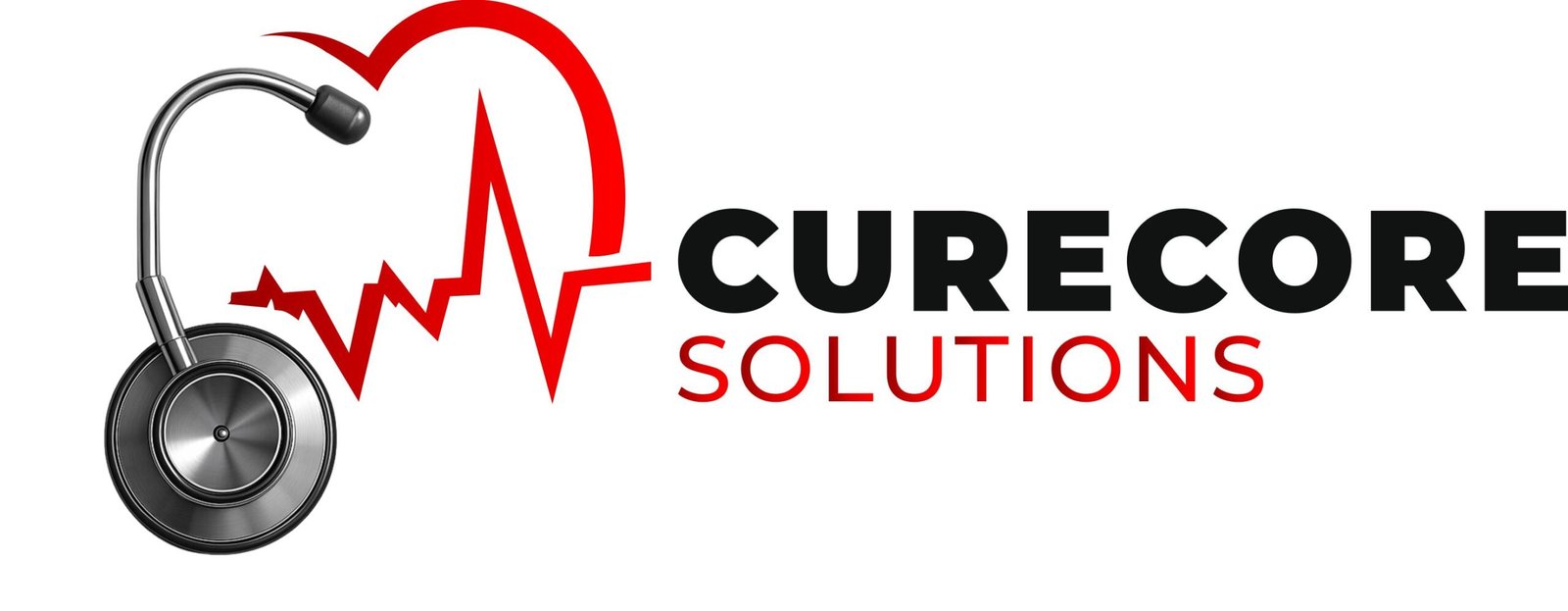Physicians, healthcare providers, and hospitals are preparing for the significant shift to ICD-10, which introduces almost 70,000 codes compared to the current 13,000 in ICD-9. While the transition poses challenges, there are strategies to facilitate readiness:
- Establish Training Overview: Develop a comprehensive plan for training, implementation, and communication. Larger practices may already be using dual coding, while others may need to start the transition process from scratch.
- Take Incremental Steps: It’s impractical to memorize all ICD-10 codes. Physicians and coders should focus on learning the relevant codes for their specialties rather than attempting to master the entire system.
- Adapt Training Methods: Tailor training sessions to fit the workflow of each practice. Consider breaking down sessions into shorter intervals to accommodate busy schedules without overwhelming staff.
- Learn PCS Terminology: Physicians should prioritize understanding the Procedure Coding System (PCS) to effectively navigate ICD-10. Training on PCS should begin early to grasp the system comprehensively.
- Diversify Resources: While General Equivalence Mappings (GEMs) provide a reference, they should not be relied upon exclusively. Physicians need to familiarize themselves with the multiple codes for each disease in ICD-10 rather than relying solely on GEMs.
- Educate Office Staff: Ensure that all staff members, including office personnel, receive proper training and support for ICD-10. Providing ongoing education will empower staff to navigate the transition effectively.
By implementing these strategies, practices and providers can better prepare themselves for the transition to ICD-10, ensuring a smoother adaptation to the new coding system. Some practices have already begun using dual coding to facilitate the transition, setting a precedent for others to follow suit. As the deadline approaches, readiness efforts will become increasingly crucial for all healthcare stakeholders.
